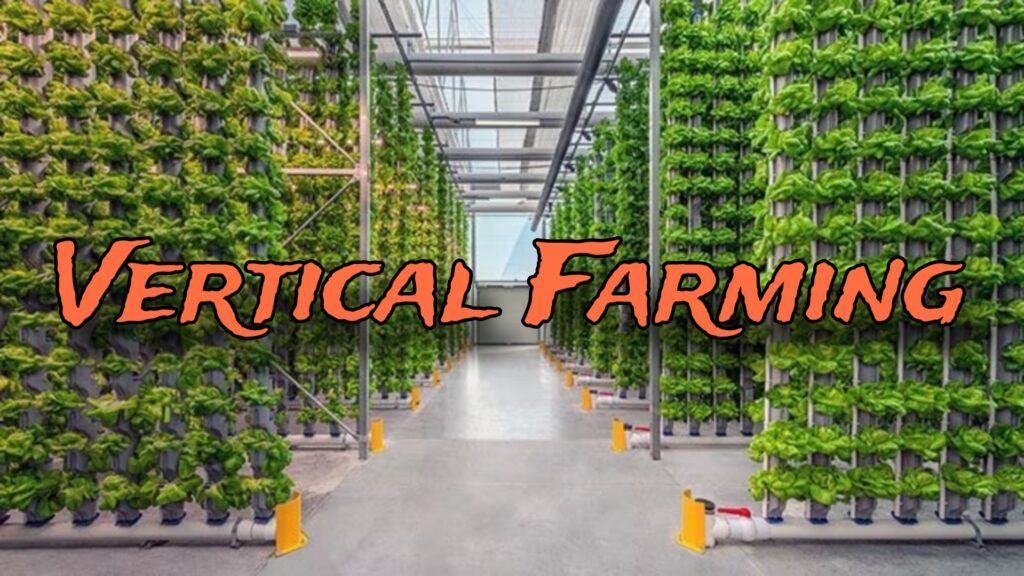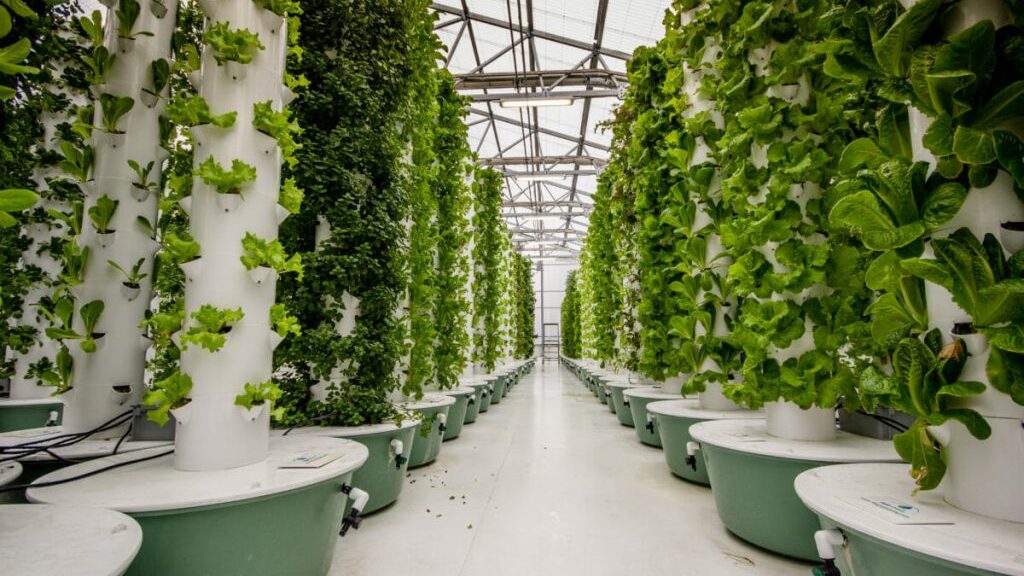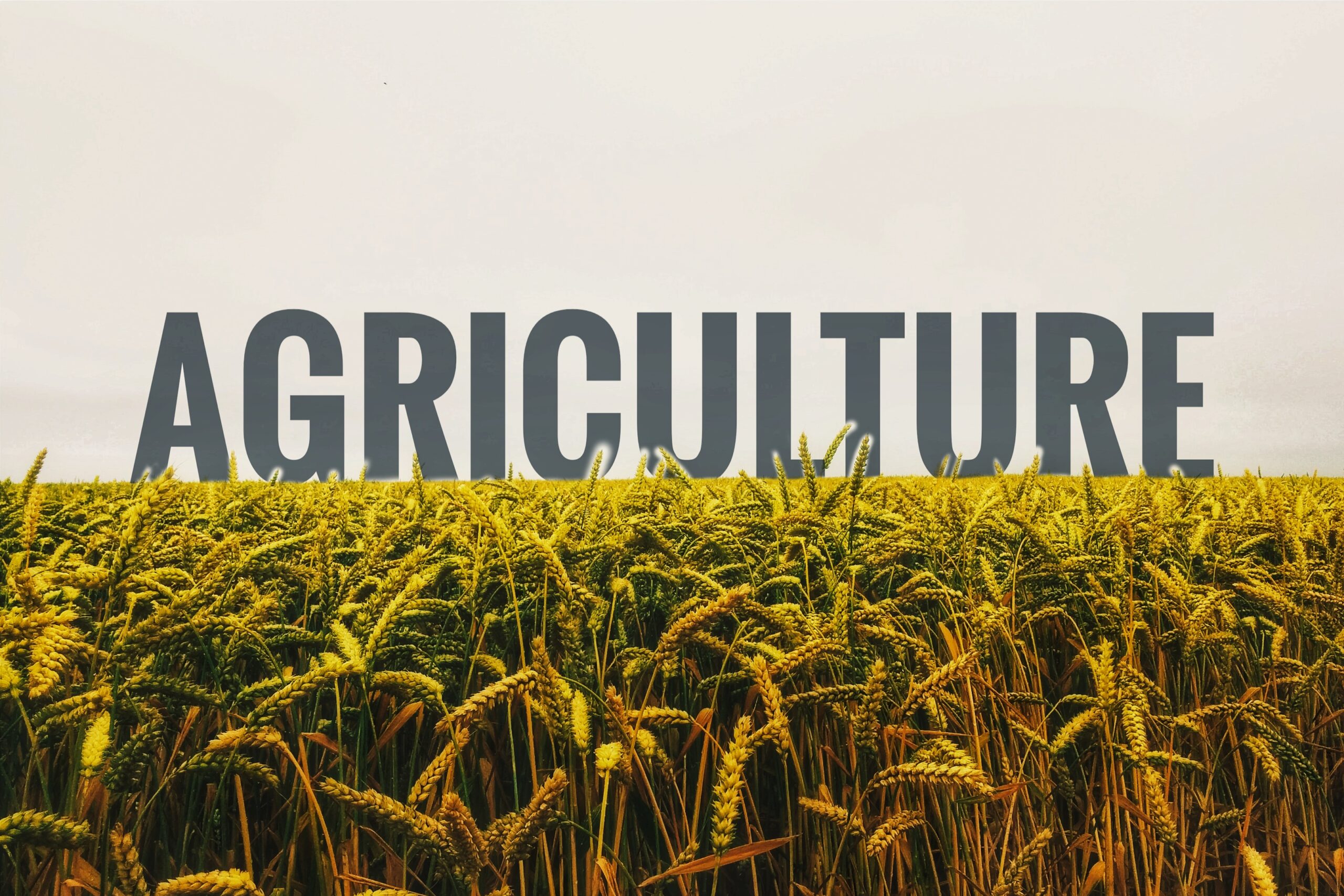Vertical Farming – New way of urban farming
As our global population continues to grow, the demand for food increases, leading us to explore sustainable solutions. One such solution is vertical farming, an innovative approach to agriculture that allows us to produce food more efficiently and sustainably. This method involves growing crops in stacked layers, often in controlled indoor environments, and can make a significant difference in how we produce and consume food.

What is Vertical Farming?
Vertical farming is a modern agricultural technique that involves cultivating crops in vertically stacked layers, often integrated into structures like skyscrapers or shipping containers. This method utilizes advanced technologies to manage and optimize growing conditions such as light, temperature, humidity, and nutrients. The aim is to produce high yields in smaller spaces, making it an attractive solution, especially in urban areas.
Benefits of Vertical Farming
The benefits of vertical farming are numerous and can greatly impact both the environment and society.
1. Environmental Benefits
- Reduced Land Use: Vertical farming requires significantly less land than traditional farming techniques. By growing upwards instead of outwards, we can conserve valuable natural habitats.
- Water Conservation: These farms often use hydroponic systems that require up to 90% less water than conventional agriculture.
- Reduced Carbon Footprint: Because vertical farms can be established close to urban centers, the need for transportation is minimized, resulting in lower carbon emissions.
2. Economic Benefits
- Year-Round Crop Production: Vertical farming allows for all-year-round growing regardless of weather conditions, leading to a more stable food supply.
- Job Creation: As this industry grows, it creates new job opportunities in agriculture, technology, and sustainability sectors.
- Higher Yield per Square Foot: Vertical farms can produce more food per square foot than traditional farms, which can lead to higher profits and less waste.
3. Nutritional Benefits
- Fresh Produce: The ability to grow food locally means that consumers have access to fresher produce, which is often more nutritious.
- Pesticide-Free Farming: Many vertical farming systems operate without pesticides, resulting in healthier food options for consumers.

Vertical Farming Techniques
Vertical farming encompasses a variety of techniques, each with its unique advantages and applications.
1. Hydroponics
Hydroponics is a method of growing plants without soil, instead using a nutrient-rich water solution. This technique allows for more precise control over nutrients and water, resulting in healthier plants and higher yields. It is one of the most popular vertical farming techniques used today.
2. Aeroponics
Aeroponics involves growing plants in an air or mist environment without the use of soil or an aggregate medium. This technique uses a nutrient mist, enhancing oxygen exposure to the roots, resulting in rapid growth and less water use.
3. Aquaponics
Aquaponics combines traditional aquaculture (raising fish) with hydroponics. The fish waste provides organic nutrients for the plants, while the plants help purify the water for the fish. This symbiotic relationship creates a sustainable ecosystem that maximizes efficiency and minimizes waste.
Major Challenges in Vertical Farming
While vertical farming presents many advantages, it also comes with its challenges.
- High Initial Costs: Setting up a vertical farm requires significant investment in technology and infrastructure, which can deter new entrants.
- Energy Consumption: Growing crops indoors requires energy, especially for lighting and climate control, leading to concerns about sustainability.
- Limited Crop Variety: Certain crops may not be easily suitable for vertical farming, requiring a focus on specific types of plants that thrive in these environments.
Conclusion
Vertical farming is more than just a modern trend; it’s a solution aiming to tackle some of the most pressing issues in agriculture today. As urban populations grow and traditional farming faces numerous challenges, vertical farming shines a light on sustainable practices that can help feed the world.
With innovations in vertical farming techniques such as hydroponics, aeroponics, and aquaponics, the agricultural landscape is set for a major transformation.
If you’re interested in learning more about this exciting field or want to start your vertical farming journey, join our community for tips, insights, and shared experiences. Let’s grow together!
